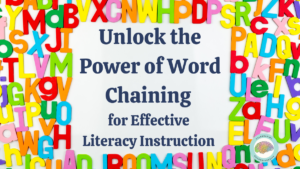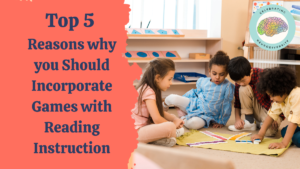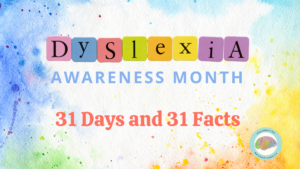Surprisingly signs of dyslexia can be spotted in preschool even before a child learns to read. Dyslexia is a learning disorder that affects how the brain processes information related to language. We often detect dyslexia in the primary grades as children learn to read, write, and spell, however, there are some early signs that parents and educators can look for in 4-year-olds. Spotting these signs early and providing the appropriate interventions can help children with dyslexia succeed in school and beyond.

Early Signs of Dyslexia in Preschool
- Start talking later than most children
- Difficulty pronouncing words. They may reverse sounds in a word or confuse words that sound alike. (say busgetti for spaghetti)
- Slower to add new words to their vocabulary
- Have a hard time recalling familiar words and use “stuff” or “things” instead
- Problems learning, remembering, or naming letters, numbers, or colors
- Difficulty recognizing and creating rhyming words- The child may struggle with nursery rhymes, songs, and other activities that involve recognizing and producing rhymes
- Struggle to separate sounds in words and blend sounds to make words
- Fine motor skills may be delayed compared to peers- The child may have a hard time holding a pencil and writing legibly. They may also struggle with tasks such as cutting and coloring.
- Difficulty following multi-step directions. The child may have a hard time remembering and sequencing information. This can affect their ability to follow directions, remember stories, and organize their thoughts.
It is important to note that dyslexia can range from mild to severe and difficulties can look very different from child to child.
Ideas to Support Preschool Children in the Early Literacy Stages
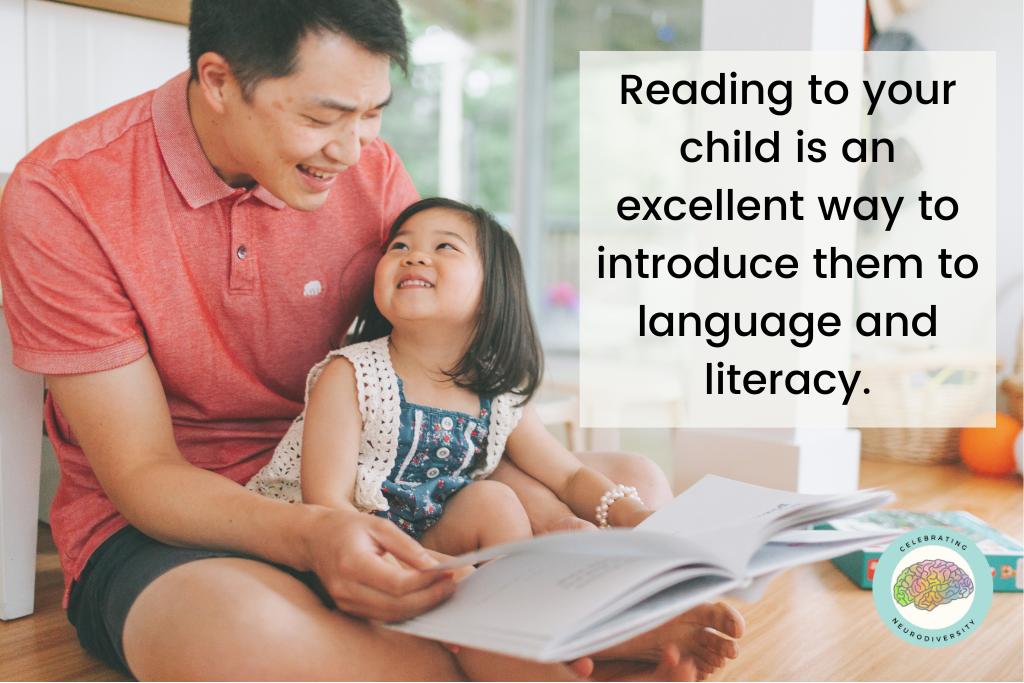
Read aloud to your child
- Reading to your child is an excellent way to introduce them to language and literacy. It also helps develop their listening skills, comprehension skills, and vocabulary.
- When reading a book, describe pictures and give a simple explanation, “This boy is happy…. see the smile on his face.”
- Use the words ‘letter,’ ‘word,’ and ‘sentence’ as you read books or see letters, words, or sentences in everyday print.
Talk to and carry on a conversation with the child
- Use this time to provide more complex language and name and describe things around you to help the child expand their knowledge.
- Give “wait time” for the child to respond to your questions. Some children take longer and need more time to process information and generate a response.
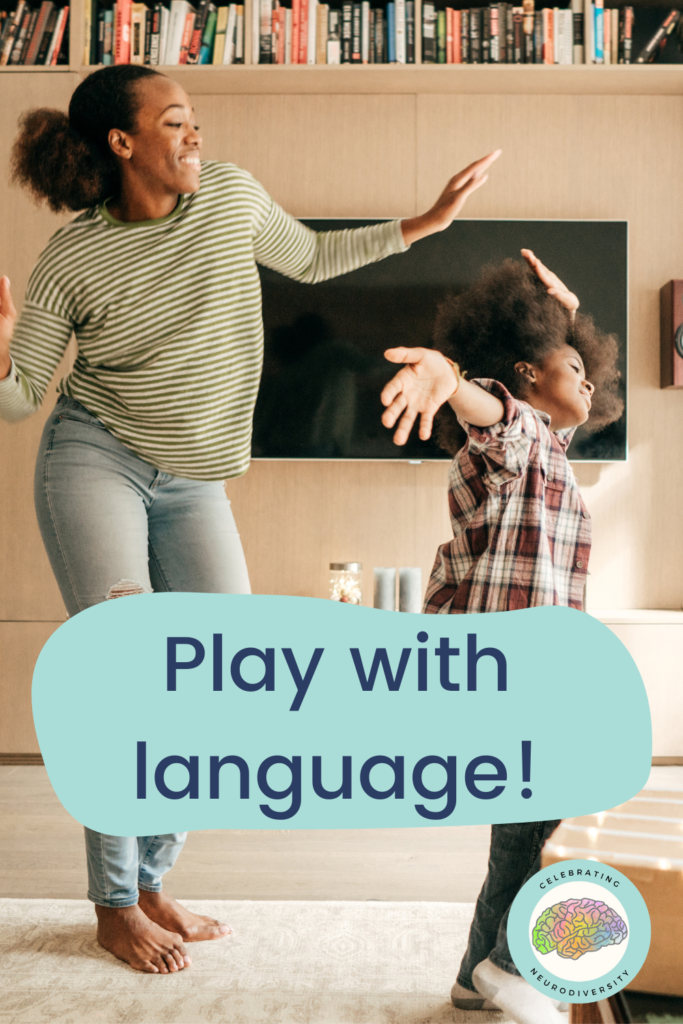
Play with words, sounds, and language in general: Effective phonological instruction will have significant benefits in later reading skills
- To encourage the child’s interest in language sounds and words, say nursery rhymes and sing repetitive songs to the child.
- Read books that feature alliteration
- Ask the child, “What other words start with the /m/ sound like mom?”
- Play matching games encouraging the child to match or sort pictures or objects that have the same beginning or ending sounds, e.g., ball and banana, dog and bug
- Play a game of I Spy With My Little Eye- “I spy with my little eye something that starts with /b/” (book)
- Play games such as, “Can You Guess My Word?” to blend and segment words, such as pop-corn, or /r/, /e/, /d/
- Play games with words by clapping the number of syllables in names, toys, or any word. “How many claps are in your name Ellie?”
- You could also use explicit phonemic awareness instruction programs such as Heggerty. They offer free summer programs for parents and an inexpensive school-year curriculum for teachers. Heggerty also great videos demonstrating how to practice skills with children.
Play with rhyming words: Playing with rhyming words can help your child develop phonemic awareness, which is essential for learning to read.
- Sing songs like, “Oh a hunting we will go, a hunting we will go, we’ll catch a snake and put him in a______ and then we’ll let him go.” The child can fill in the rhyming word, (cake, lake, etc.). You can keep playing this game with other names of animals or other objects.
- Read rhyming books and nursery rhymes to a child and emphasize the rhymes.
- Play a game of I Spy With My Little Eye- “I spy with my little eye something that rhymes with bear” (Chair)
- There are lots of games you can play to practice rhyming. Here are some more ideas from Reading Rockets!
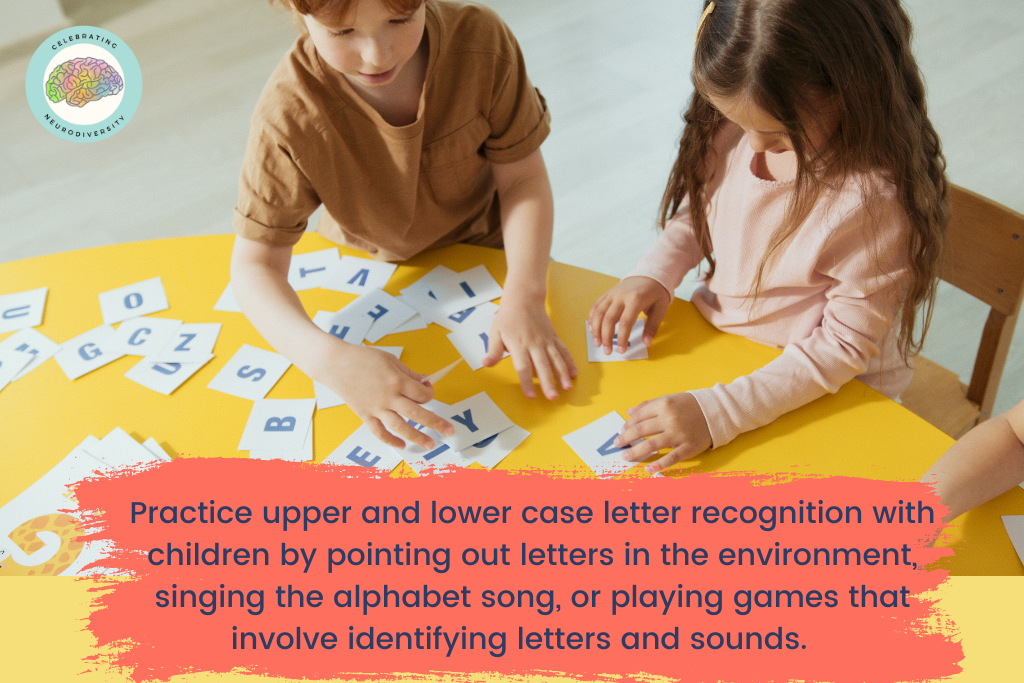
Improve letter and sound recognition
- Practice upper and lower case letter recognition with children by pointing out letters in the environment, singing the alphabet song, or playing games that involve identifying letters and sounds.
- Using embedded mnemonics also called visual alphabets have been shown to reduce the number of repetition needed for the child to learn letters and sounds- Here is a great article by Shanahan with links to this research
Practice word retrieval skills with fun games and activities
- Play Race against the clock or try to beat his/her previous goals (like name as many animals as you can in 30 seconds)
- This blog also has good suggestions for games you can play to help improve word retrieval- Speech and Language Kids
- Other games that help with word retrieval and rapid automatic naming include: Charades, Found It!, Spot It!
Improve fine motor skills
- Provide opportunities for drawing, coloring, cutting, and pasting. Encourage the proper pencil grip and exercise those hand muscles.
- Here are some great ideas from PreKinders
- This is my favorite putty my son used to strengthen his hand muscles to improve his fine motor skills. We would put pennies and other small objects into the putty for him to find.
Use visual aids to help with following multi-step directions as these children may have a hard time remembering and sequencing information
- Use visual aids such as pictures, charts, and diagrams to help aid in remembering information
- Use visual schedules to help your help perform tasks more independently
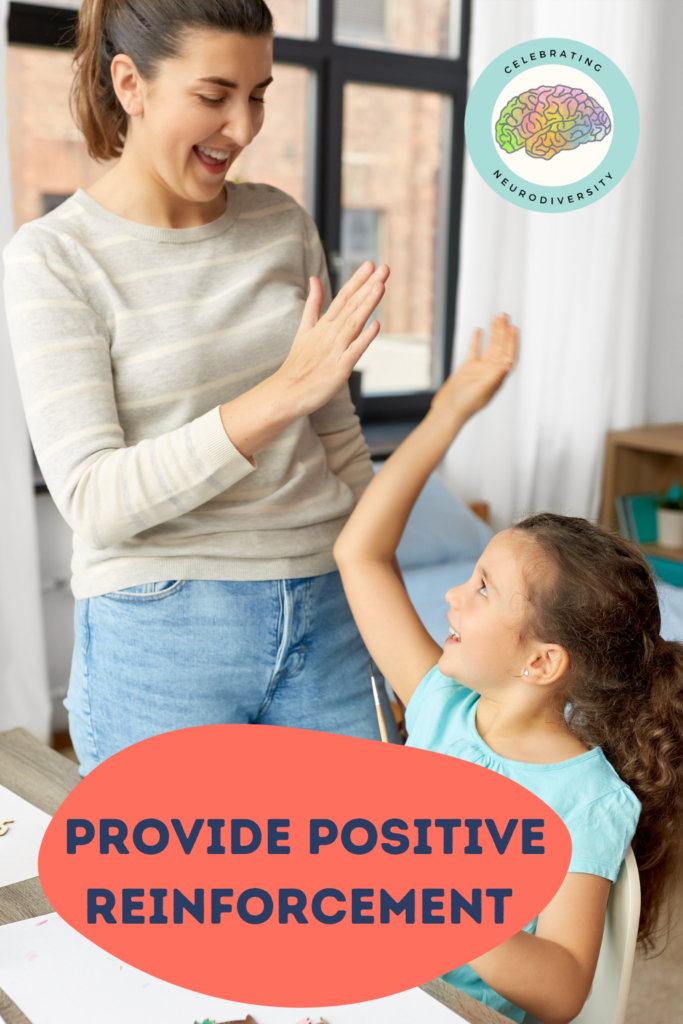
Provide positive reinforcement, use the child’s strengths to help improve weaknesses and use the child’s interests for more engagement.
We can spot dyslexia in preschool. Early detection and intervention are critical for children’s literacy success. Trust your instincts and seek out help. If you feel your child shows some of the signs listed above, start providing more opportunities for reading, wordplay, letter and sound recognition, and fine motor skills. Connect with the school and express your concerns. Ask about screeners they provide to check language skills, phonological awareness, memory, and rapid naming. Many schools do not screen all of these areas. Evaluation by a qualified testing examiner may be needed. You may also want to ask about specialized instruction for dyslexia or seek out a tutor that specializes in dyslexia and uses Orton-Gillingham methodology. With patience, encouragement, and appropriate support, children with dyslexia can develop the skills they need to succeed in school and beyond.
Looking for more information on Dyslexia?
How to Identify Signs of Dyslexia in Children so You Can Help Them Succeed
Are You Prepared to Have a Student With Dyslexia in Your Classroom This Year?
Are you ready to see reading success in your classroom?
Click here to get- The 4 Essentials to Reading Success
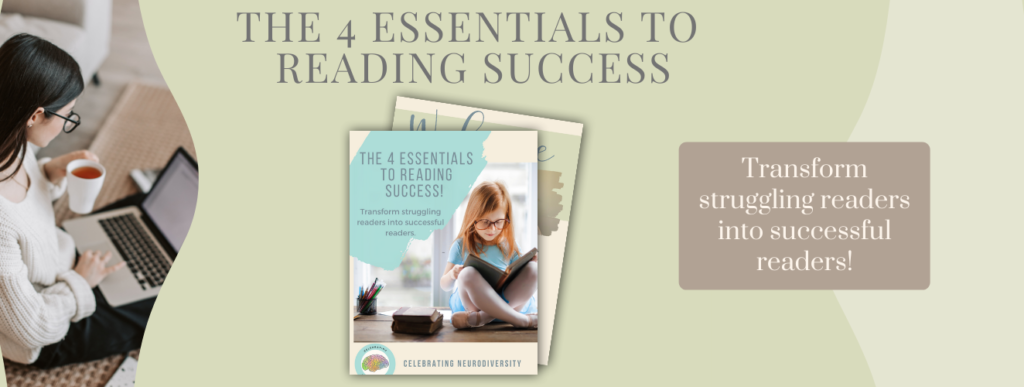
*I do receive a small commission from the purchases made through links in this post. This is at no additional cost to you.




